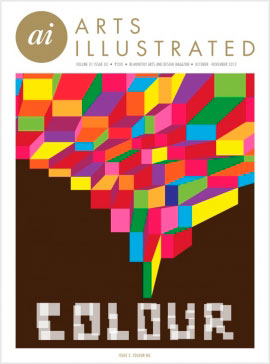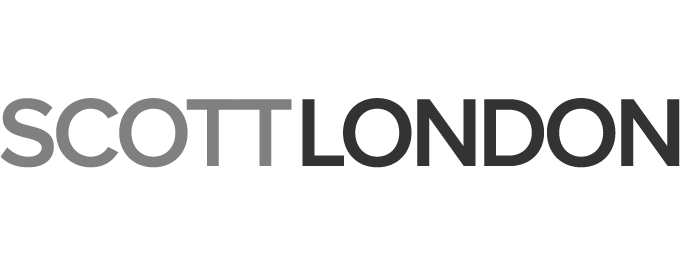Profile in Arts Illustrated
June 3, 2014

Arts Illustrated is a journal devoted to art, photography and graphic design. The editors reached out to me recently for an interview about my Burning Man photography. The issue is now out and it includes a 12-page spread along with a Q&A in which I talk about my work as a photographer, my sources of inspiration, and of course what it’s like to shoot at Burning Man. Here’s a short excerpt from the text:
As a photographer what appeals to you most and as an artist what do you connect with the most?
As a photographer, I feel that our culture is already heavily saturated with imagery. We see hundreds if not thousands of images every day. They flicker by in an unending stream and we barely stop to take notice. This means that it’s very difficult as a photographer to make an impact, to touch people and say something new, with a single image. This is why I’m always searching for moments that contain some element of the unexpected. I think the most powerful photographs are those that surprise you and perhaps awaken a new sense of possibility. Burning Man is a wonderful place to create images because things are never quite what they seem there. The foreign and the familiar are always coming together in arresting ways.
Some of the images from Burning Man make it appear like a very surreal place.
The word surreal is apt because there is always a sense at Burning Man that what you’re seeing is not quite real. A sixteenth-century Spanish galleon gliding across the desert floor. A group of bankers in dusty outfits holding umbrellas and briefcases. An old country church tipped on its axis, like a mouse-trap.
The Surrealist movement a century ago was a subversive attempt to redefine art and literature by erasing the line between dream and reality. The Surrealists wanted to disrupt our habitual ways of seeing the world by juxtaposing contradictory images and bringing together seemingly unrelated frames of reference.
Like much of the art and writing from the Surrealist period, what you see at Burning Man can be startling, witty, unconventional, and, in some deep sense, eye-opening.
Burning Man appears to be a very seductive and transformative place.
There’s a sense when you arrive at Burning Man that you’re stepping out of one dimension and into another. The place is teeming with possibilities and freedoms we don’t often experience in our everyday lives. At Burning Man, the rules and conventions of ordinary life simply don’t apply the same way. This means you can improvise, experiment and reinvent yourself. You can try on new identies and explore new modes of expression.
I have a friend who embodies a different character each day throughout the event. Like an actor, he doesn’t break character all week. Each of his characters has its own personality, its own history, its own outfit. Some of his creations are extremely elaborate. He spends months planning it all down to the last detail.
How easy or difficult is it to capture people and get them to participate in your visual chronicle?
It has gotten easier over the years as my confidence has grown. In the beginning, I was wary of getting too close to my subjects. My training as a journalist had emphasized objectivity — the idea that you must faithfully record events and document people’s lives but without interfering or affecting them in any significant way.
This ethos may work well for photojournalists covering the news. But it doesn’t work at Burning Man. In fact, it violates one of the essential principles of the event — the idea that each of us is a participant rather than a spectator.
To participate fully meant that I had to step out from behind the camera and create images, not stand by and wait for something interesting to happen. So I’ve adopted a more participatory approach over the years. My best images now come from working with people to create images that can stand on their own. It’s more collaborative, more creative, and a lot more enriching.
